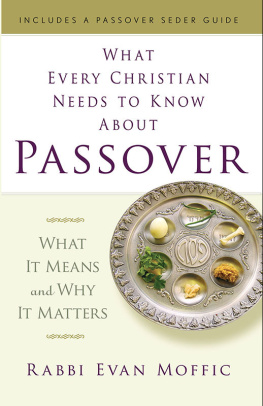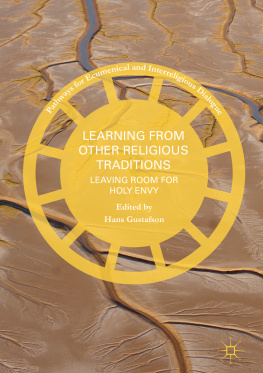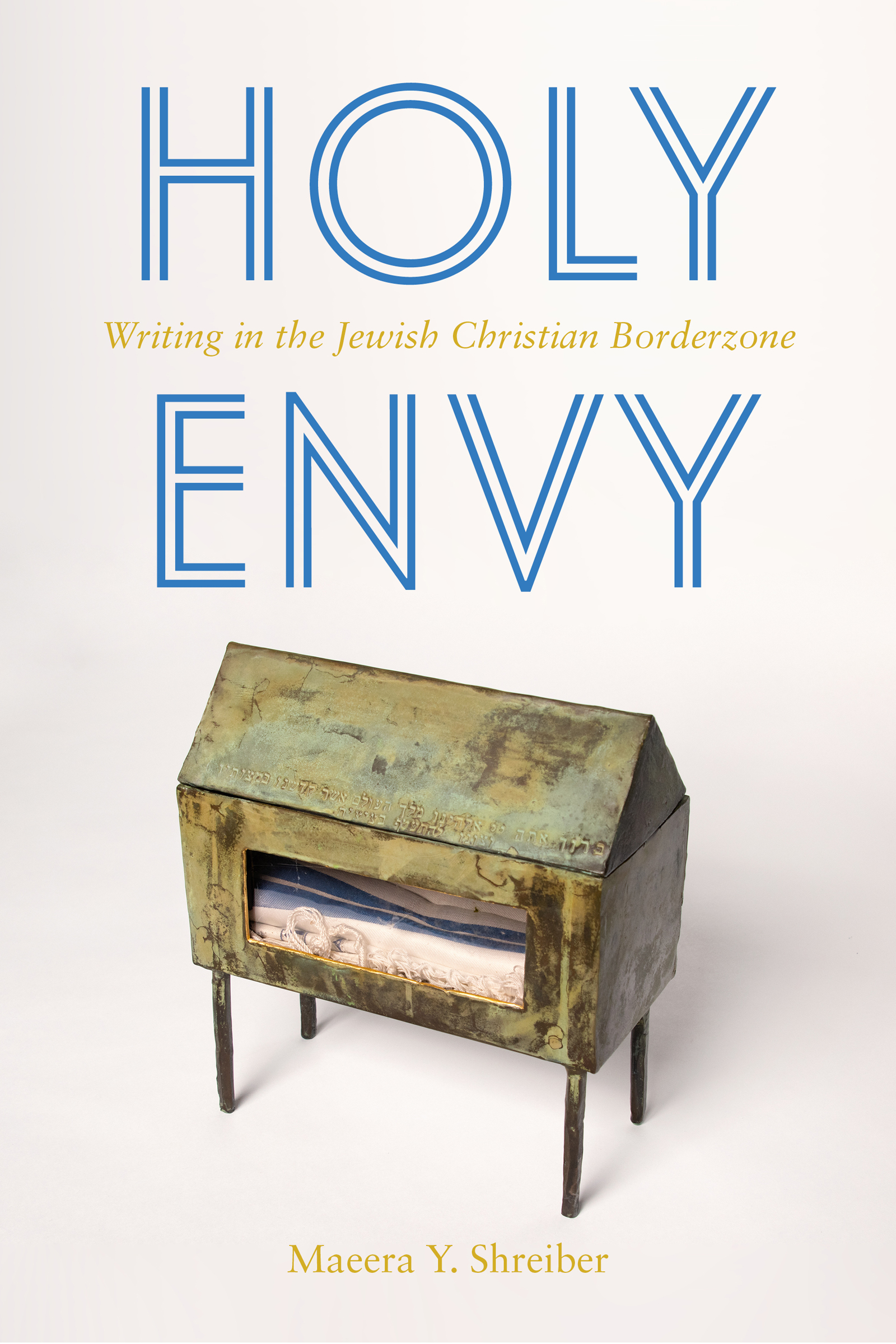Holy Envy
WRITING IN THE JEWISH CHRISTIAN BORDERZONE
Maeera Y. Shreiber
FORDHAM UNIVERSITY PRESSNEW YORK 2022
Copyright 2022 Fordham University Press
All rights reserved. No part of this publication may be reproduced, stored in a retrieval system, or transmitted in any form or by any meanselectronic, mechanical, photocopy, recording, or any otherexcept for brief quotations in printed reviews, without the prior permission of the publisher.
Fordham University Press has no responsibility for the persistence or accuracy of URLs for external or third-party Internet websites referred to in this publication and does not guarantee that any content on such websites is, or will remain, accurate or appropriate.
Fordham University Press also publishes its books in a variety of electronic formats. Some content that appears in print may not be available in electronic books.
Visit us online at www.fordhampress.com.
Library of Congress Cataloging-in-Publication Data available online at https://catalog.loc.gov.
Printed in the United States of America
24 23 225 4 3 2 1
First edition
Contents
Preface
Eight years ago, I attended the annual conference of the American Association of Religious Studies. Reading through the program, I noticed that an old friend from college, Marc Brettler, was speaking. I didnt pay much attention to what he was talking about, but I knew that since he had a stellar reputation as a Hebrew Bible scholar it was bound to be interesting. However, nothing prepared me for the swell of intellectual energy filling the packed room, generated by an august gathering of Jewish and Christian scholars debating the then newly published Jewish Annotated New Testament (JANT)co-edited by Marc and Amy-Jill Levine. I took a deep breath, looked around, and wondered: What interest could the New Testament possibly hold for Jewish Studies scholars? Yes, at that point, I was one of them: a relatively literate, actively identified Jew whose knowledge of the New Testament didnt extend much beyond the first verse of the Gospel of Johnfor the idea of the originary Word, or Logos, is a staple in literary studies. After the session, I went straight to the book exhibit and bought a copy of JANTthe first step in an intellectual journey that resulted in the book you have now before you.
Like many intellectual projects, this one is rooted in a personal narrativeone that I have decided to risk telling because it informs the major conceptual scaffolding upon which the project depends. The idea of the border zone (and its variants) has been part of academic discourse for a long time. Although I wont trouble you with a lengthy genealogy, I do want to remind you of a few landmark works. In 1987 Gloria Anzalda introduced the term borderlands to identify discomforting, volatile spaces, often characterized by violence and dark feelings such as hatred and anger. Even while remaining keenly focused on a specific slice of land separating Mexico and the US Southwest where disparate cultures edge each other, Anzalda recognizes the power of borderlands as a potent metaphor for describing spaces where worlds grate and bleed into one another (25). With its focus on fluidity, the term became central to the then-nascent field of postcolonial studies. In this field, scholars such as Mary Louise Pratt taught us to think about contact zones or spaces of transculturation, where disparate cultures meet, clash, and grapple with each other, often in contexts of highly asymmetrical relations of power (34). And then there is Homi Bhabhas important identification of the Third Space, the interthe cutting edge of translation and negotiation, the in-between spacethat carries the burden of culture (38). Focusing on the essential hybridity of cultures, Bhabha is interested in showing how borderswhich are constructed in the interest of disguising or effacing this hybridityactually prove to be the spaces where its composite, variegated nature is most evident.
These theoretical breakthroughs certainly helped me, as a scholar of modern poetry, identify new ways of thinking about modes of textual production and how poems make meaning. But it took longer for me to recognize that the constructed nature of boundaries and the spaces in between cultures, especially religious ones, mattered to me quite personally and intellectuallyand merited deeper consideration.
Jews have long had a vexed relation to borders and boundaries. Early in the Hebrew Bible, the Israelites are known by others as Ivrim (Hebrews in the Anglicized version)that is, the crosser-overs who traversed the Euphrates River (Genesis 14:13). Interestingly enough, this term appears only when Ivrim interact with non-Ivrim; in other words, there is something distinctive, different, about being a border-crosser, something that sets this group apart from others. Despite this designation, or perhaps because of it, Jews are a people obsessed with setting firm boundariesdietary boundaries, temporal boundaries, and interpersonal boundariesparticularly when it comes to relationships with non-Jewish others. For all of our well-intentioned rhetoric about welcoming the stranger (an injunction based on our own long sojourns in foreign lands), we, too, have struggled for most of our history with a fear of the Other. Indeed, we should note that the word Ivrim shares the same root (eiyn, vet, resh) as Aveirameaning transgressiona violation of a sacred boundary. Many of the more injurious avarot (transgressions) are occasioned by Jewish/non-Jewish interaction.
For many years my Judaism was grounded in this particular linguistic variationcrossing as transgressiona stain to be studiously avoided. From my mid-teens well into my thirties, I lived as an Orthodox Jew. My world was defined by boundaries. I strictly observed the laws of Shabbat, including those dictating that on Shabbat one can carry objects only within an area demarcated by an eruva boundaried space determined according to Jewish law. But long before I took it upon myself to observe these strictures, I knew that certain boundaries were inviolate, specifically boundaries between Jews and non-Jews. I didnt grow up in an Orthodox family. My father was an ardent, secular Zionist who sent me to an Orthodox day school so that I could learn Hebrewbut he insisted firmly that I not try and foist all that Narishkeit (nonsense) on him. My mother, in particular, who grew up in one of only five Jewish families in Shawnee, Oklahoma, is very socialand she had many non-Jewish friends. Nonetheless, I grew up with a clear sense of difference: us and themJews and goyim.
Perhaps in the interest of ensuring that our identities remained intact, my parents tolerated and maybe even encouraged a certain amount of religious intolerance. Once, while we were on a family trip, we stayed at St. Andrews Hospice in Jerusalem. Today it is an upscale hotel with few ecclesiastical markings, but back in those days, the Hospice was still part of an active Scottish church, and many crucifixes adorned the property, including the guest rooms. My younger sister and I were completely horrified and instructed our father to cover these offensive objects with sheets. He obliged. On the same trip, we went to Rome, and when the Pope came out on his balcony to bless the assembled crowd gathered at the Vatican, my sister and I put our fingers in our ears and said the











